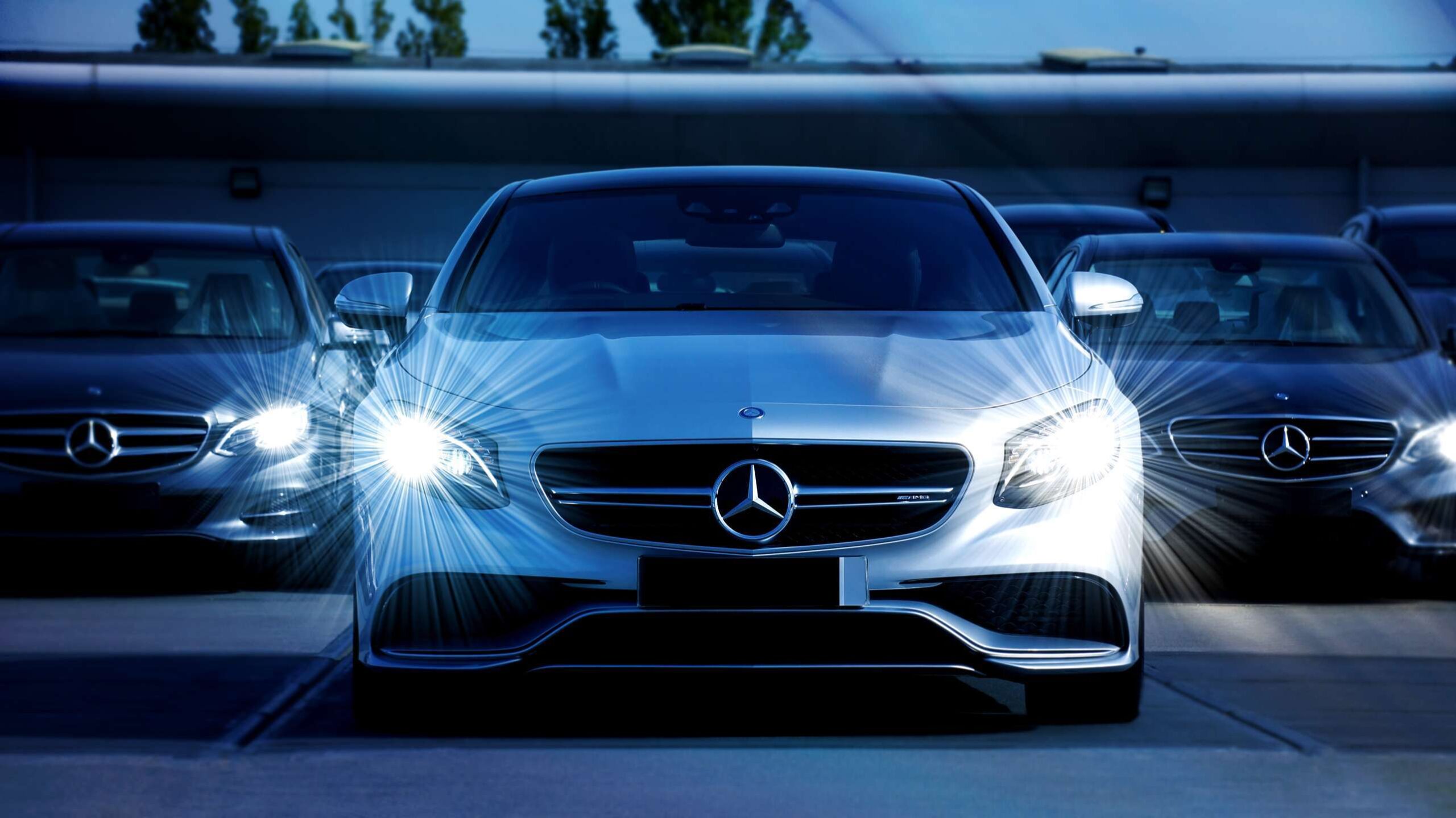How Daytime Running Lights Became Mandatory In Most Countries
In the 1960’s, drivers began the practice of keeping their headlights on during the day. These drivers most likely didn’t do this to improve safety. Instead, it was more of a symbol to show others that your company fleet drivers were running like a well-oiled machine. Now, daytime running lights (or DRLs, for short) are much more commonplace.
Where are DRLs mandatory?
In 1972, Finland mandated DRLs for people driving in rural, snowy roads during the winter. In 1977, Sweden followed suit, but they expanded the scope of the mandate to require DRLs for everyone.
Norway, Iceland and Denmark made daytime running lights law in 1986, 1988 and 1990, respectively.
A lot of this makes sense. This Scandinavian region is actually quite dark for much of the year, so DRLs make a big difference.
While the UK initially resisted the shift toward DRLs, it became required in 2011.
Are daytime running lights required in the US?
Domestically, DRLs are commonplace—but they’re not legally required. Most car manufacturers that sell their vehicles within America now include the special daytime headlights on their models. However, it wasn’t until the 1990s when daytime running lights were even allowed on US roadways. It was only because GM pushed the government to allow it that things changed.
Do DRLs really work, and should they be legally required in the US?
The federal government says they won’t mandate DRLs because there’s not enough evidence that they work. However, there have been many studies touting the efficacy of the simple headlight technology.
The National Highway Traffic Safety Administration (NHTSA) has performed numerous studies on DRLs. Ultimately, DRLs made a dent in safety. They reduced light trucks and vans involvement in daytime crashes by 5.7%. Even the US Department of Health and Human Services found DRLs to be effective.
Other research suggests the headlights help promote contrast between other vehicles and their background, which increases visibility.
On the contrary, those against mandating DRLs say it negates the effect of mandating motorcycle headlights, but this hasn’t been statistically proven. DRLs also only function in the front (so no enhanced visibility from the rear) and don’t replace fog lights in hazy conditions.
Since daytime running lights are so cheap to implement and only induce a fractional fuel penalty of $3 per year for the average driver, these arguments don’t really hold water in the modern landscape.
At the end of the day, it seems silly that something as simple as DRLs are so hotly contested within the United States. Nowadays, the government has bigger things on their plate, but that doesn’t mean the auto industry shouldn’t evolve. In the meantime, major vehicle manufacturers will likely go off their own research and add DRLs if they very well feel like it—no legislation required. All the while, they’ll continue to innovate in headlight technology of all kinds, hopefully making automatic headlights and high beams available for the average driver.

















I never questioned whether DRLs were required or mandated. It has been such a normal thing to me. When a car is driving without any lights it is a bit annoying. It feels as if they are driving incognito. Feels only right that the light be on.
Love this article! Fun to read and a great source of headlight info!
Anything that makes one’s car even a tiny bit safe is good.
I still don’t get why tail lights aren’t illuminated! And why can’t someone come up with something to tell drivers to turn on their headlights in bad weather or at night? Like the instrument cluster should go dark letting the driver know his lights are off. They come back on when the headlights are turned on.
Agree totally. I frequently see cars driving with no lights at night. Instrument cluster should be completely dark if headlights are off. Maybe some sensor should sound an alarm as well based on ambient light outside. Some fireworks going off Inside the car might also help.